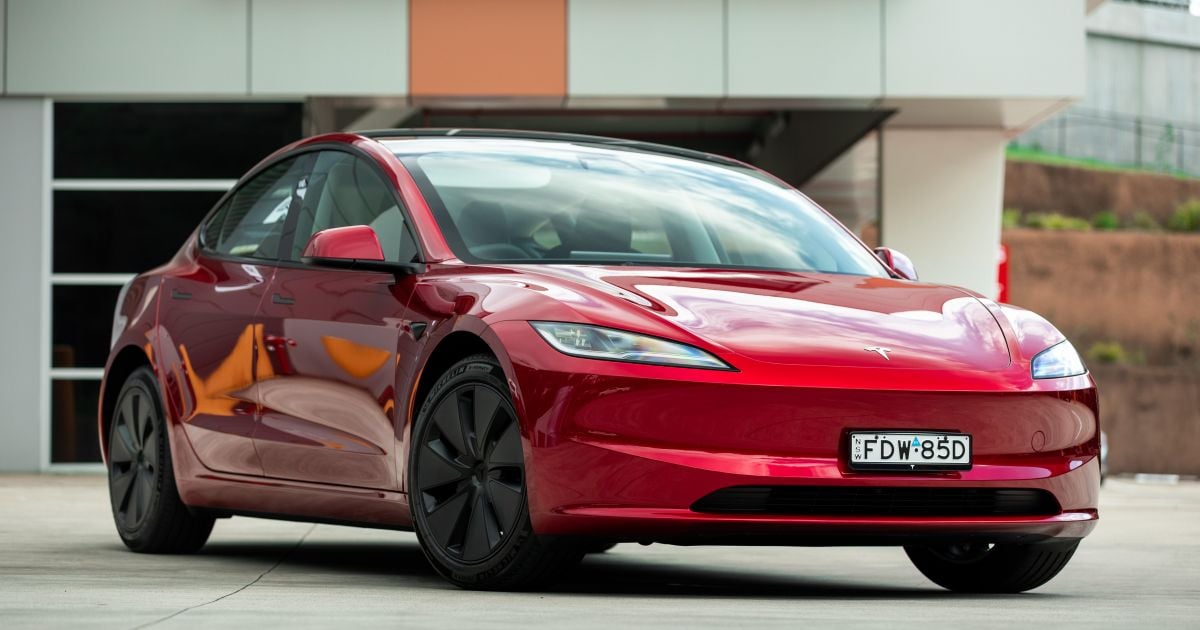Tesla’s attempts to rebound in December 2024 failed to reverse a year-long decline, culminating in a disappointing total of under 40,000 deliveries to customers in Australia.
Data released by the Electric Vehicle Council (EVC) indicates that Tesla delivered 3,593 vehicles in December, a notable increase of 63.9 percent compared to the same month the previous year. However, this spike was an outlier in a year characterized by ongoing delivery challenges, with the company experiencing declines in nine of the twelve months.
By year’s end, Tesla’s total deliveries in Australia amounted to 38,347 vehicles, reflecting a substantial decrease of 16.9 percent from the previous year, during which the brand enjoyed significant growth in the local market.
A breakdown of monthly deliveries reveals the challenges Tesla faced throughout 2024:
- January: 1,107 vehicles (-66.6%)
- February: 5,665 vehicles (+61.1%)
- March: 6,017 vehicles (+68.2%)
- April: 2,077 vehicles (-43.5%)
- May: 3,567 vehicles (-20.3%)
- June: 4,683 vehicles (-33.3%)
- July: 2,592 vehicles (-12.9%)
- August: 2,393 vehicles (-30.5%)
- September: 2,649 vehicles (-48.8%)
- October: 1,464 vehicles (-26.4%)
- November: 2,540 vehicles (-35.5%)
- December: 3,593 vehicles (+63.9%)
- Total for 2024: 38,347 vehicles (-16.9%)
This decline was primarily attributed to the Tesla Model Y, which has historically been the company’s best-selling model. After experiencing significant demand in 2023—where it emerged as Australia’s preferred vehicle among private buyers—deliveries of the Model Y plummeted by 26.1 percent in 2024, amounting to 21,253 units. Conversely, the Model 3 sedan saw a modest decline of 1.5 percent, with 17,094 vehicles delivered, buoyed by a significant update unveiled at the end of the previous year.
Earlier in 2024, Tesla implemented considerable price reductions for both the Model Y and Model 3 across Australia, yet these measures failed to drive sales back to prior levels. A forthcoming update for the Model Y—internally referred to as Juniper—is slated for 2025; however, its potential impact on sales remains uncertain.
This trend of decreasing deliveries is not confined to Australia; Tesla reported a global sales dip of 1.1 percent in 2024 compared to the previous year. Worldwide, the company delivered a total of 1,789,226 electric vehicles, down from a record 1,808,581 in 2023. This decline marks a significant turning point, as it represents the first drop in annual sales in Tesla’s history. In a fiercely competitive landscape, Tesla narrowly maintained its position against BYD, which sold 1,764,992 battery-only vehicles globally.
As Australia prepares to release its full sales figures for 2024 on January 6, expectations suggest that Tesla will continue to hold its position as a leader in the electric vehicle market.
FURTHER READING: Tesla narrowly retains the global EV sales crown amid its first annual decline, edging out BYD.
Source:www.carexpert.com.au






